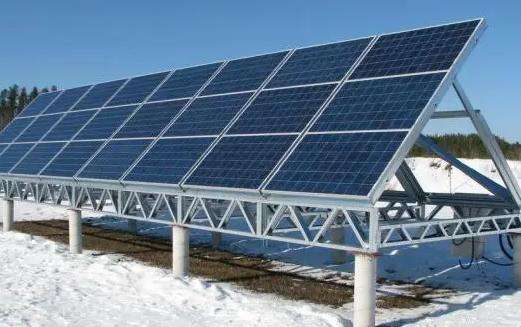It can be excluded from the following points: 1. Check whether the length of the brush is too short and reaches the lifeline, making the pressure too weak and the brush cannot contact the slip ring . 2. Check if the spring; finger pressure is appropriate. If it is too low, it will cause brush discharge; 3. Check the surface finish of the slip ring. If it is too hairy, it will increase the contact resistance of the brush and cause large sparks; Check the electrical operation of the rotor to ensure that the resistance is normal and that there are no short circuits between turns; 5. Check whether the oil gap in the bearing is too large, causing heavy runout on the slip ring when the rotor rotates. if the radial runout on the slip ring surface is too large. The brush bounces and sparks; 6. Additionally, if the brush est conform to that used before, the brush has requirements for conductive current and friction speed. Preventive measures
1. Carbon brushes and slip rings should be inspected daily. The main inspection items are:
(1) The wear length of carbon brushes does not exceed 2. /3. When the wear length of the carbon brush exceeds 2/3 (that is, the top of the carbon brush and the top of the brush holder are on the same plane), it should be replaced.
(2) There is no spark from the carbon brush. When the carbon brush just begins to spark, it is necessary to find the cause and eliminate it in time.
(3) The carbon brush has no gap from the outside of the slip ring, and there is no crack on the edge of the carbon brush.
(4) The carbon brush braid is well connected to the brush holderand carbon brush, and there is no heat or contact with the brush holder.
(5) The carbon brush does not jump, shake or get stuck in the brush holder.
(6) Regularly use a DC clamp meter to measure the current sharing of each carbon brush evenly, and use an infrared thermometer to measure whether the carbon brushes are overheated. If there are anomalies, they should be. replaced in time.
(7) The spring pressure is normal and there is no deformation or breakage. Normally, the pressure on each carbon brush should be uniform and stable. The unit pressure is generally between 1.1 kg and 2.5 kg. The unequal pressure difference between carbon brushes should be less than 5%.
(8) The distance between the brush holder and the slip ring is the specified value. The distance between the generator brush holder and the slip ring: 2.5~3mm, the distance between the main excitation brush holder and the slip ring: 2~4mm.
(9) The surface of the slip ring should be free from discoloration, overheating and uneven wear, and the surface temperature of the slip ring should not exceed 120°C.
(10) Check if there is dirt on the brush holder and brush holder. If there is a lot of dirt, it should be swept away with a brush or blown out with compressed air.














